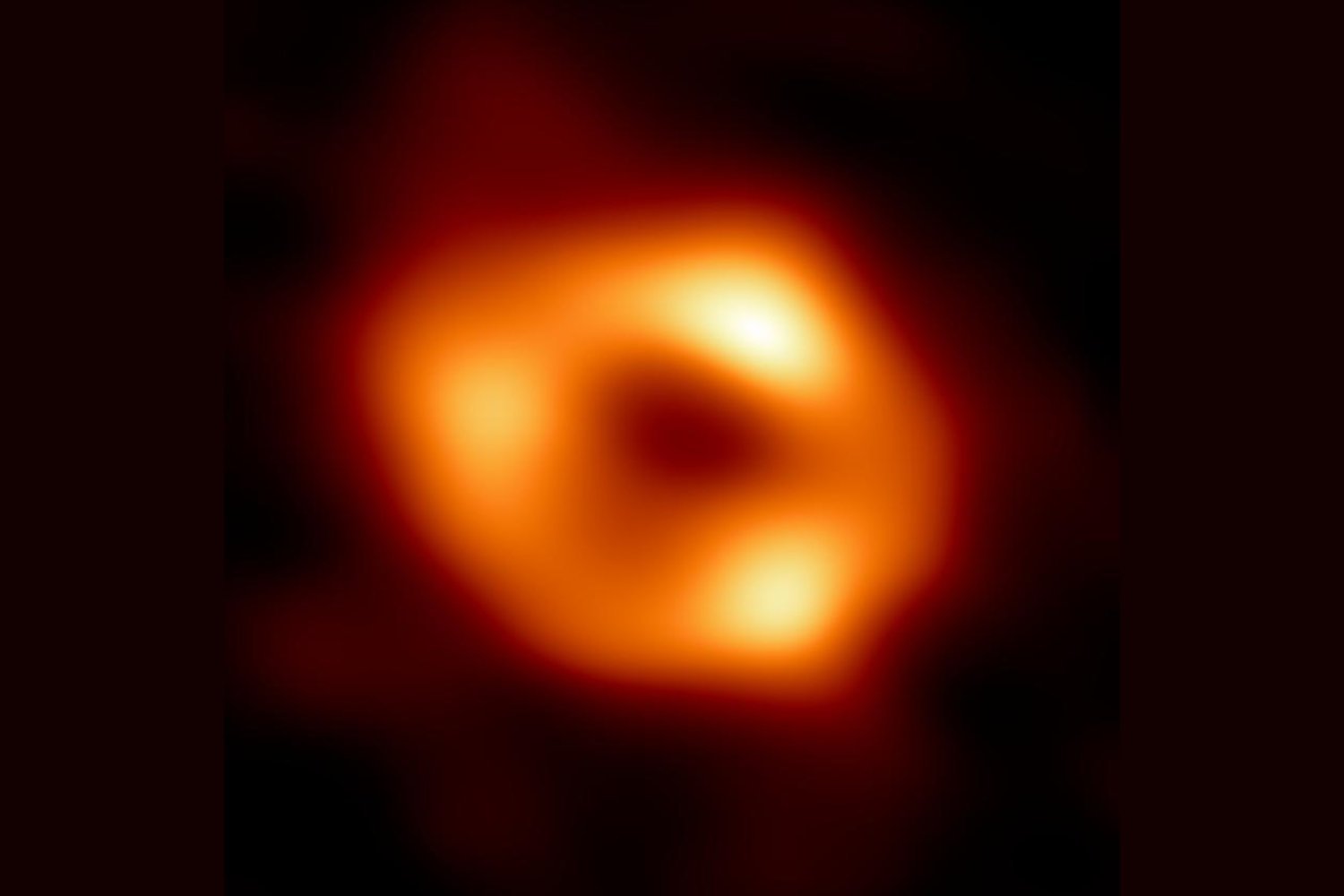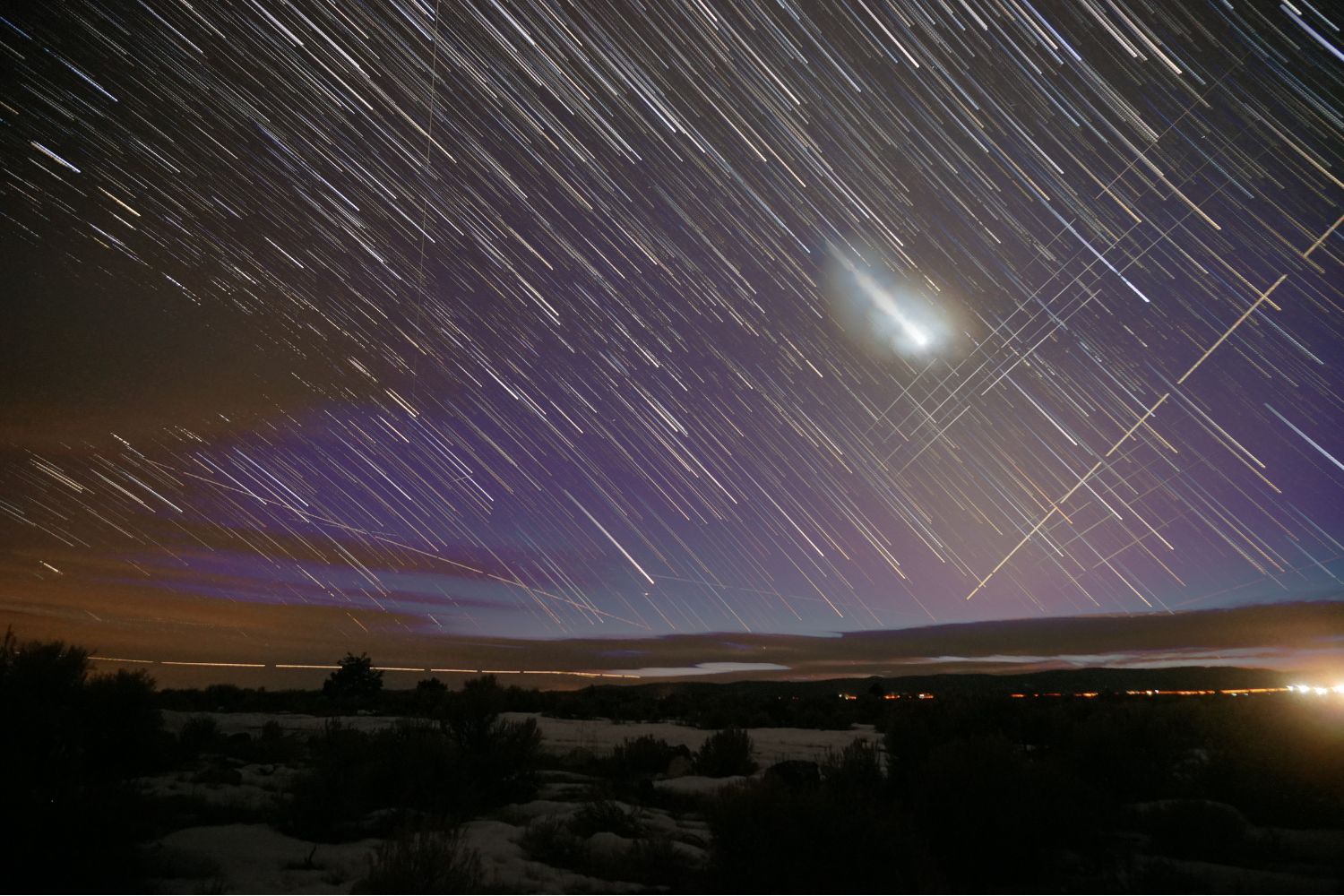Astronomers have identified an extraordinary new celestial object, designated ASKAP J1832-0911, exhibiting behavior previously unobserved in the cosmos. This discovery, located within our Milky Way galaxy, offers potential new insights into the perplexing nature of mysterious cosmic signals. Specifically, it could illuminate the origins of Long-Period Transients (LPTs), a recently identified class of objects whose regular, long-interval pulses have puzzled scientists. The unique characteristics of ASKAP J1832-0911 promise to significantly advance our understanding of these rare and enigmatic astronomical phenomena.
Discovery of ASKAP J1832-0911: A New Cosmic Enigma
A research team from Australia’s International Centre for Radio Astronomy Research (ICRAR) identified ASKAP J1832-0911 using the ASKAP radio telescope, which detected pulses of radio waves from the object. This behavior aligns it with Long-Period Transients (LPTs), a rare class of objects emitting radio pulses at long, regular intervals—minutes or hours apart. Since their initial detection by ICRAR in 2022, only ten LPTs have been documented, as noted in a statement from the organization, underscoring the significance of this new find.
Unprecedented X-ray Emissions Detected
Astronomers continue to investigate the enigmatic nature of LPTs. While a recent study linked LPT pulses to certain binary star systems, ASKAP J1832-0911 is particularly unusual. Fortuitously, as ASKAP observed it, NASA’s Chandra X-ray Observatory was also viewing the same sky region. This revealed that the object, located 15,000 light-years away in our Milky Way, also emits X-ray pulses.
“Detecting X-ray emissions from ASKAP J1832-0911 felt like finding a needle in a haystack,” said lead author Ziteng (Andy) Wang of ICRAR’s Curtin University node. He noted the luck involved, as Chandra’s narrow field of view happened to align with ASKAP’s broader survey. This is the first LPT observed emitting X-rays. J1832-0911 emits simultaneous radio and X-ray bursts for two minutes every 44 minutes, properties deemed “unique amongst known galactic objects and require a new explanation,” as per their Nature paper.
Exploring Potential Explanations
While further research is needed to understand ASKAP J1832-0911, Wang’s team offers initial theories. “ASKAP [J1832-0911] could be a magnetar (the core of a dead star with powerful magnetic fields),” Wang proposed, noting that simultaneous radio and X-ray pulses have been observed from magnetars before.
Another possibility, Wang added, is “a pair of stars in a binary system where one of the two is a highly magnetised white dwarf (a low-mass star at the end of its evolution).” Such systems, also previously documented, can emit wide-spectrum pulses from X-rays to radio waves due to interactions between a rapidly spinning, magnetized white dwarf and its companion.
Challenging Models and Future Prospects
Crucially, Wang and his colleagues state that neither the magnetar nor the binary white dwarf hypothesis fully explains their observations of J1832-0911. This suggests the discovery could point to new physics or require adjustments to current stellar evolution models. The search for similar bizarre objects is now underway. “Finding one such object hints at the existence of many more,” stated co-author Nanda Rea of the Institute of Space Science (ICE-CSIC) and Institute of Space Studies of Catalonia (IEEC). She believes J1832-0911’s X-ray emissions “opens up fresh insights” into the mystery of LPTs.
Conclusion
The discovery of ASKAP J1832-0911 marks a significant step in unraveling the universe’s cosmic puzzles. Its unique dual emission of radio waves and X-rays not only challenges existing astrophysical theories but also energizes the search for more Long-Period Transients. As astronomers delve deeper into the characteristics of this enigmatic object and others like it, we move closer to understanding the diverse and often surprising phenomena shaping our galaxy and beyond. The ongoing investigation promises to redefine our knowledge of stellar endpoints and extreme cosmic events.











